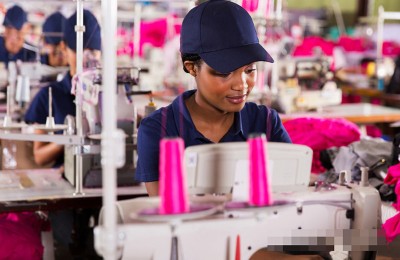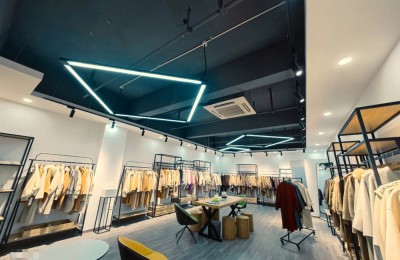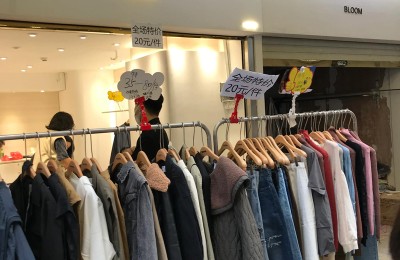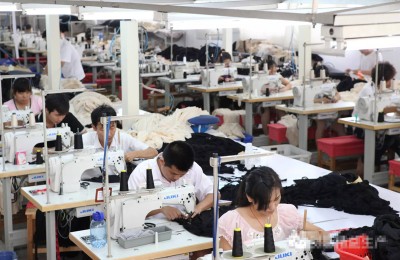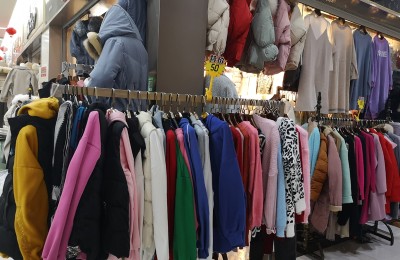Basic situation of cotton production and management in Syria
Syria is an important cotton producer and exporter, with export volume ranking among the top five in the world. Syrian cotton is of uniform quality, bright and white, and of high grade.
1. Basic characteristics of Syrian cotton
Syria only produces upland cotton. All cotton is grown under irrigation and is the most economically profitable crop in Syria. The original planting variety was Aleppo40 developed by the Syrian Cotton Bureau in the early 1980s. Currently, the main planting varieties are Aleppo90, Aleppo33/1, Aleppo118, Raqa5 and DeirezZor22 (the main characteristics of each variety are shown in Table 1). The Syrian Cotton Bureau is currently researching and developing new cotton varieties with more outstanding drought resistance and high temperature resistance.
Syrian cotton is a world-recognized high-quality variety. Its grades are divided into grades 11, 12, 13, 14, and 15. The main reason for the high quality of Syrian cotton is that it is all hand-picked. Secondly, there is little frost and snow in Syria, and there is almost no infestation of diseases and insect pests. . According to reports, Syrian cotton has been basically free of pests and diseases since 2008.

2. The main situation of Syrian cotton
(1) Cotton area distribution and growth period
Syria’s cotton areas are concentrated in the Orontes River, Euphrates River Basin and the Aleppo Plain (see Table 2 for details). The current total planting area is 170,000 hectares, accounting for about 3% of the cultivated land. Cotton is planted in April and May and harvested from September to December. The Syrian government encourages early planting of cotton to extend the cotton harvest period.

(2) Output
Syria currently produces 650,000 tons of raw cotton annually, accounting for about 7% of the world’s total production. If compared with the United States, which produces 18% of the world’s total cotton each year, this proportion is very large.
(3) Sales volume
Syria can provide about 250,000 tons of lint cotton to domestic spinning mills, of which state-owned factories use about 170,000 tons, private factories use 10,000-20,000 tons, and the remainder is for export (see Table 3 for details on production, sales, and inventory) .
(4) Import and export
Syria implements a cotton trade policy that prohibits imports and restricts exports. Although there are restrictions, cotton exports also rank among the top three export commodities in Syria, second only to oil and wool exports. Cotton exports have been declining in recent years due to lower cotton production and increased spinning capacity. Syrian cotton is mainly exported to Turkey, Egypt, Japan, South Korea and China (see Table 4 for details). At present, due to the sharp rise in international cotton prices, Syrian cotton sales are very active. The selling season of Syrian cotton can last 22 months.

Judging from the current situation, the Syrian government currently has no plans to increase cotton production. The degree of mechanization of cotton planting and production in Syria is low, and the production cost is slightly higher than the international level. Therefore, the cost of cotton planting in most years is higher than the international cotton price. Therefore, the Syrian Cotton Bureau needs to provide large subsidies to cotton farmers, which has caused certain financial difficulties for Syria, and Syrian cotton exports will still decline.
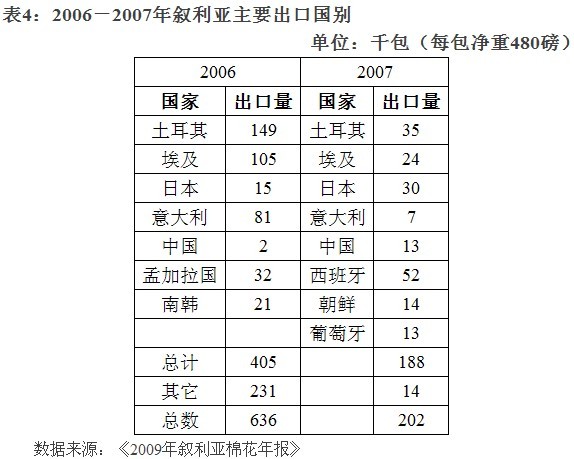
According to the newly promulgated customs import tariffs on July 1, 2006, cotton yarn tariffs are divided into three levels of import tariffs: 1%, 10% and 15% according to quality grade; the tariff for clothing and textiles is unified at 15%; the tariff for man-made fibers The tariff rate is 1%-10%, and the tariff rate for clothing and textiles made of man-made fibers is 10%-15%.
3. Syrian cotton management system
Cotton in Syria is considered to be the country’s inexhaustible renewable wealth. It is very important in the Syrian economy and is the second largest export-earning industry after oil. Syrians call cotton “white gold.”
(1) Unified national management
The Syrian government implements strict management of cotton production, supply and marketing. The Cotton Marketing Organization under the Syrian Ministry of Agriculture uniformly manages the sale of cotton seeds, cotton production, processing, acquisition and trade. No private enterprise can participate in cotton without the consent of the Cotton Marketing Organization. business. The state sets a unified price to purchase cotton from cotton farmers, and private companies cannot purchase it directly. The pricing mechanism is the cost price plus subsidy price to form the purchase price. Every year, the Syrian government specifically assesses the cost of cotton planting by cotton farmers, and then calculates the subsidy price at a ratio of 10% to 20%.
(2) Multiple sales channels
Syrian cotton is still sold and exported by the government. Buyers can purchase directly from the Syrian National Cotton Bureau. The Cotton Bureau sells lint at international prices, and the price is re-evaluated every month. At the beginning of each marketing season, the Cotton Administration also sends trade missions to traditional exporting countries. In addition, the Syrian government has adopted a method to expand sales channels, that is, entrusted sales, that is, it selects some private companies in Syria as agents and sets up representative offices around the world. Sales are made and countries can purchase through these representative agencies.
(3) AddLarge proportion of textile and apparel exports
According to calculations by relevant Syrian authorities, the value of 100 basic units of cotton can increase to 200 after being spun into yarn, 600 after being processed into cloth, 900 after being turned into ready-made clothing, and after being made into high-end clothing. Can be revalued up to 1300. Under the guidance of this idea, the Syrian government’s goal is to expand the production and export scale of cotton yarn and textiles to replace the export of lint.
Disclaimer:
Disclaimer: Some of the texts, pictures, audios, and videos of some articles published on this site are from the Internet and do not represent the views of this site. The copyrights belong to the original authors. If you find that the information reproduced on this website infringes upon your rights, please contact us and we will change or delete it as soon as possible. </p

